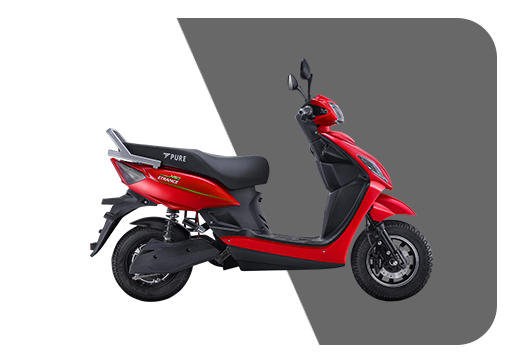INDIA possesses the world's largest untapped electric vehicle market, especially for two-wheelers.
The penetration of electric vehicles has greatly increased over the past few years as a result of numerous
automakers releasing these vehicles at a quick rate. According to a recent estimate, the market for electric cars (EVs)
is predicted to be worth at least $475 billion by 2025. Up to 15% of two-wheelers are expected to be electrified by 2025,
up from the present 1% penetration rate.
Despite supply chain bottlenecks and the ongoing COVID-19 pandemic, electric car sales reached a new record in 202.
Sales nearly doubled to 6.6 million, reflecting a sales share of approximately 9% compared to 2020, increasing the total
number of electric vehicles on the road to 16.5 million. Electric vehicle sales increased by 4 percent in 2021.
Hina had the most sales in 2021 with 3.3 million (tripling 2020 sales), followed by Europe with 2.3 million (up from 1.4 million in 2020).
In the United States, 630 000 electric vehicles will be sold in 2021, doubling their market share to 4.5%.
Electric car sales increased more than twice as much in emerging nations, although they are still relatively small.
We predict that the global EV sales share will be around 13% in the first half of 2022. In 2021, people around the world will spend a total of $250 billion on electric vehicles.
This is because the growth of electric vehicles is driving investment in new ways of using transportation, like the electrification of buses and heavy trucks.
In early 2022, India won a tender to buy and deploy 5,000 electric buses in five major cities.
This is much cheaper than the cost of buying and installing electric buses in previous tenders.
In Chile, a public-private joint venture is looking for funding to buy and install 1,000 electric buses. In 2019, the global battery production capacity is set to increase from 180 to over 200 gigawatt-hours.
This is because a lot of big companies are investing a lot of money in this area. China is the biggest producer of batteries in the world, and the US, Hungary, and Germany are also big players.
The electric vehicle industry in India is growing quickly, with 100% FDI possible and new manufacturing hubs.Federal subsidies and policies favoring deeper discounts for Indian-made electric two-wheelers
are other growth drivers.
The Ministry of Power released the Revised Consolidated Guidelines and Standards for Charging Infrastructure for Electric Vehicles (EV) in January and made changes in November 2022.Additionally, in September 2021, a production-linked incentive scheme for the automotive sector was approved by the Cabinet to boost the manufacturing of electric vehicles and hydrogen fuel cell vehicles. In the April-September 2022 period, India sold 277,910 electric two-wheelers, a 404 percent increase over the same period last year, when 55,147 units were sold. In the first half of fiscal year 2022–23, 18,142 electric vehicles were sold, representing a 268 percent increase .
Ultimately, the scope of India’s EV marketplace boom rests on the availability of capital for authentic device manufacturers, battery manufacturers, and price factor operators, in addition to upgrades to infrastructure and varied alternatives for consumers. Realizing India’s EV ambition will even require an expected annual battery potential of 158 GWh through FY 2030, which presents massive funding possibilities for investors.
Enabling coverage aid measures is a vital need at this juncture.The authorities seem to be aware of this. It has been rolling out incentives to enhance marketplace demand in precedence segments like electric-powered two-wheelers and localizing manufacturing of key additives like ACC battery garage in addition to electric-powered automobiles and vehicle mobile additives via respective PLI schemes.Besides, numerous Indian states have now handed down EV regulations, which are expected to draw enterprise investments and make EV adoption a more viable proposition for the client marketplace.


